17 de June de 2025
Key Strength Exercises Every Football Coach Should Include in Training
Building strong, explosive, injury-resistant athletes starts in the weight room. As a football coach, your strength program must develop power, stability, and position-specific resilience. But it’s not just about lifting heavy—it’s about selecting the right exercises, teaching proper movement, and progressing intelligently through the season.
Based on coaching experience, modern sports science, and performance principles from elite programs, here are the key strength exercises every American football coach should include.
1. Trap Bar Deadlift
This is a staple. The trap bar deadlift teaches posterior chain loading (glutes, hamstrings, back) while being safer on the spine than traditional barbell deadlifts. It transfers directly to sprinting and blocking.
Why it matters: Vertical and horizontal force production, low back protection, and grip strength development.
Tip for coaches: Use velocity-based tracking (like Vitruve’s encoder) to target power zones and manage fatigue during peak season.
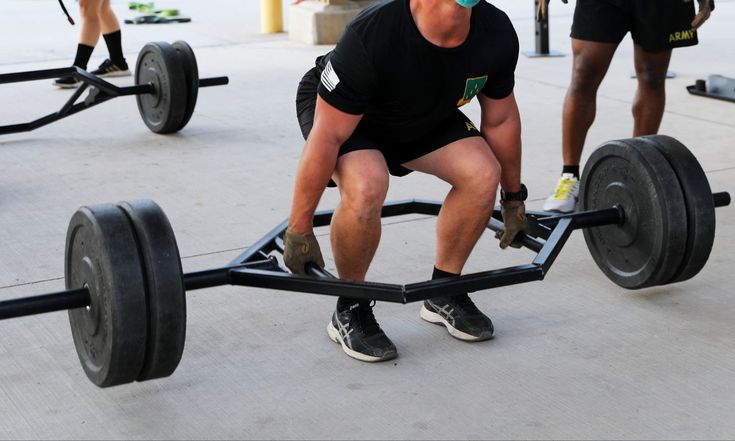
2. Front Squat
Compared to the back squat, the front squat promotes better posture, greater quad dominance, and less spinal load. It’s especially valuable for linemen and linebackers who need low-to-high leverage.
Why it matters: Core and leg strength, posture under load, and transfer to upright blocking and tackling.
Coaching cue: Elbows high, torso upright, knees tracking out.
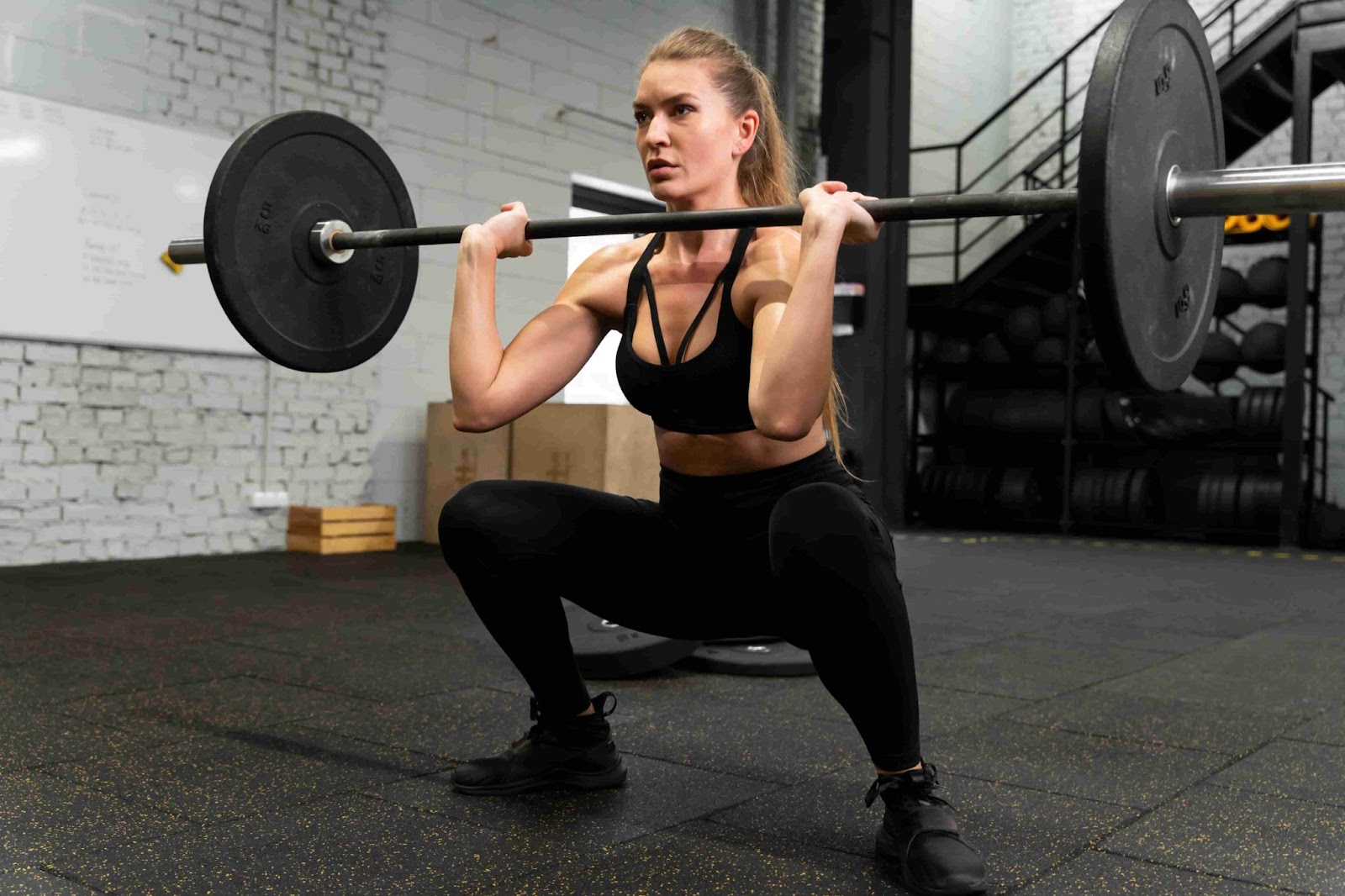
3. Bulgarian Split Squat
Football isn’t symmetrical. Single-leg strength matters. The Bulgarian split squat develops unilateral control, hip stability, and strength through full range.
Why it matters: Injury prevention, hip/knee balance, and ankle stability.
Progressions: Add a dumbbell or barbell when technique is sound.
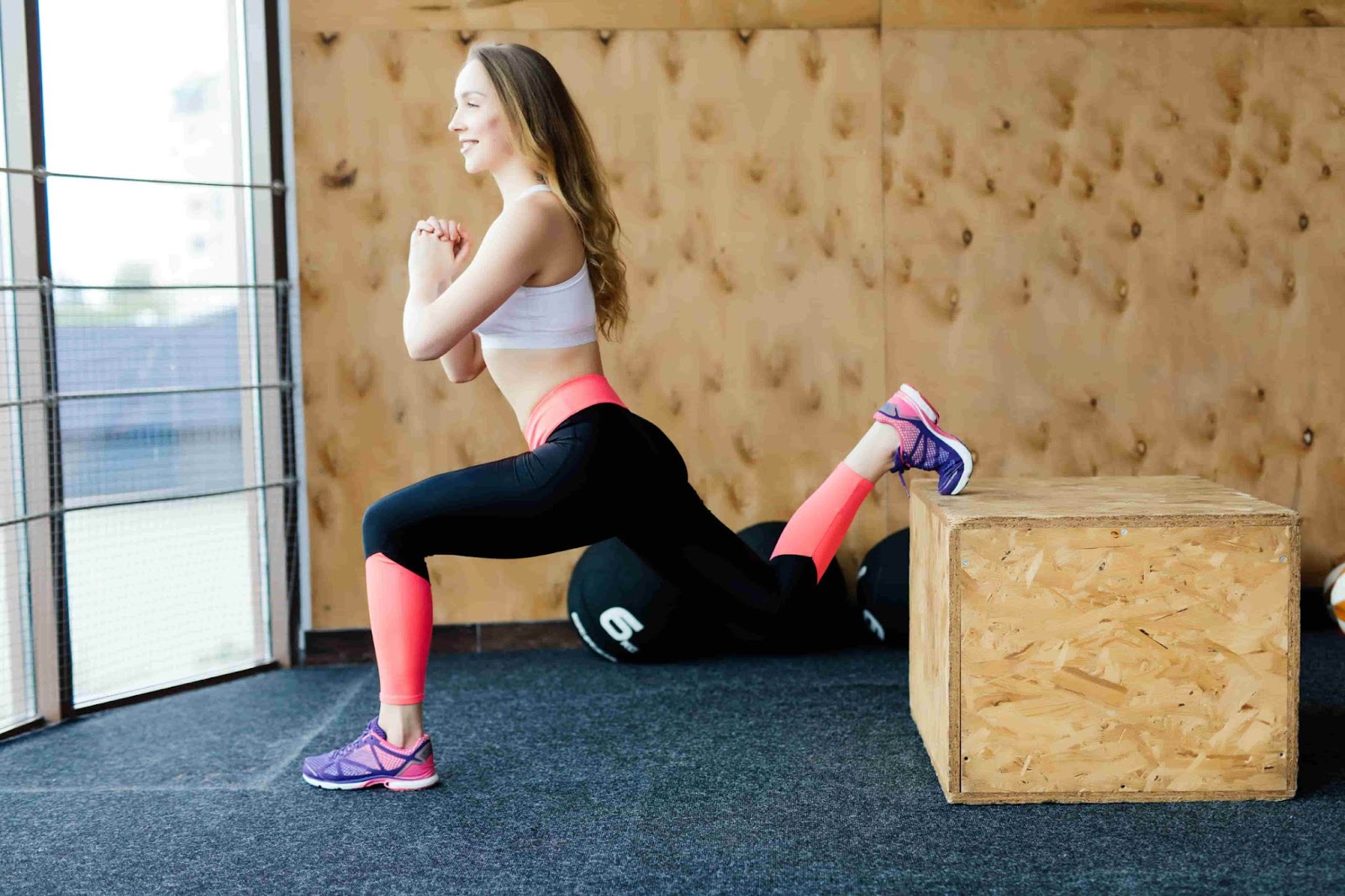
4. Power Clean (or Clean Pulls)
You want athletes who can explode from the ground—the clean is your tool. If mobility limits the catch position, train clean pulls instead.
Why it matters: Explosiveness off the line, hip extension, and neuromuscular priming.
Programming note: Use lighter loads for bar speed in-season; build maximal power in the off-season.
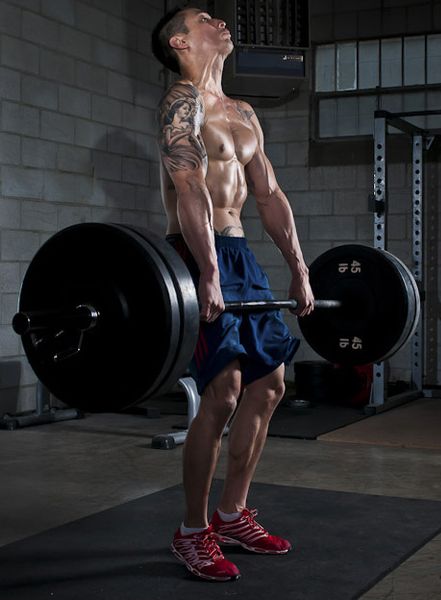
5. Pull-Ups and Chin-Ups
These are non-negotiable. Upper-body pulling strength improves tackling, blocking, and shoulder health. They’re also a great performance benchmark.
Why it matters: Upper-back strength, grip development, and shoulder stability.
Alternatives: For athletes who can’t yet do bodyweight reps, use bands or eccentric variations.
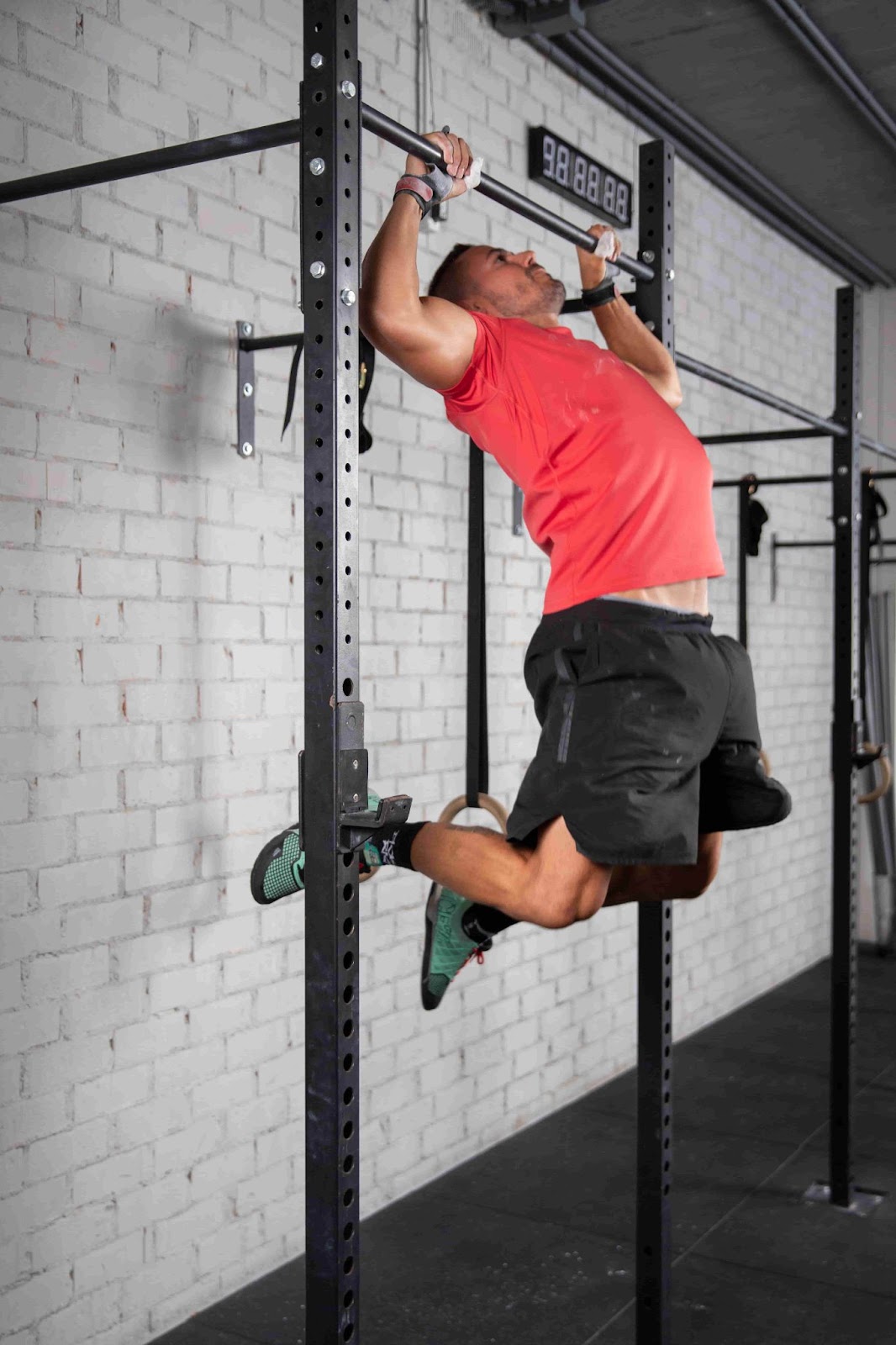
6. Bench Press (or Floor Press)
The bench press builds pushing power and is still the gold standard for upper-body strength. However, some athletes benefit from floor presses to reduce shoulder strain.
Why it matters: Pressing strength for linemen, core stability under load.
Variations: Use boards or chains to develop lockout strength.
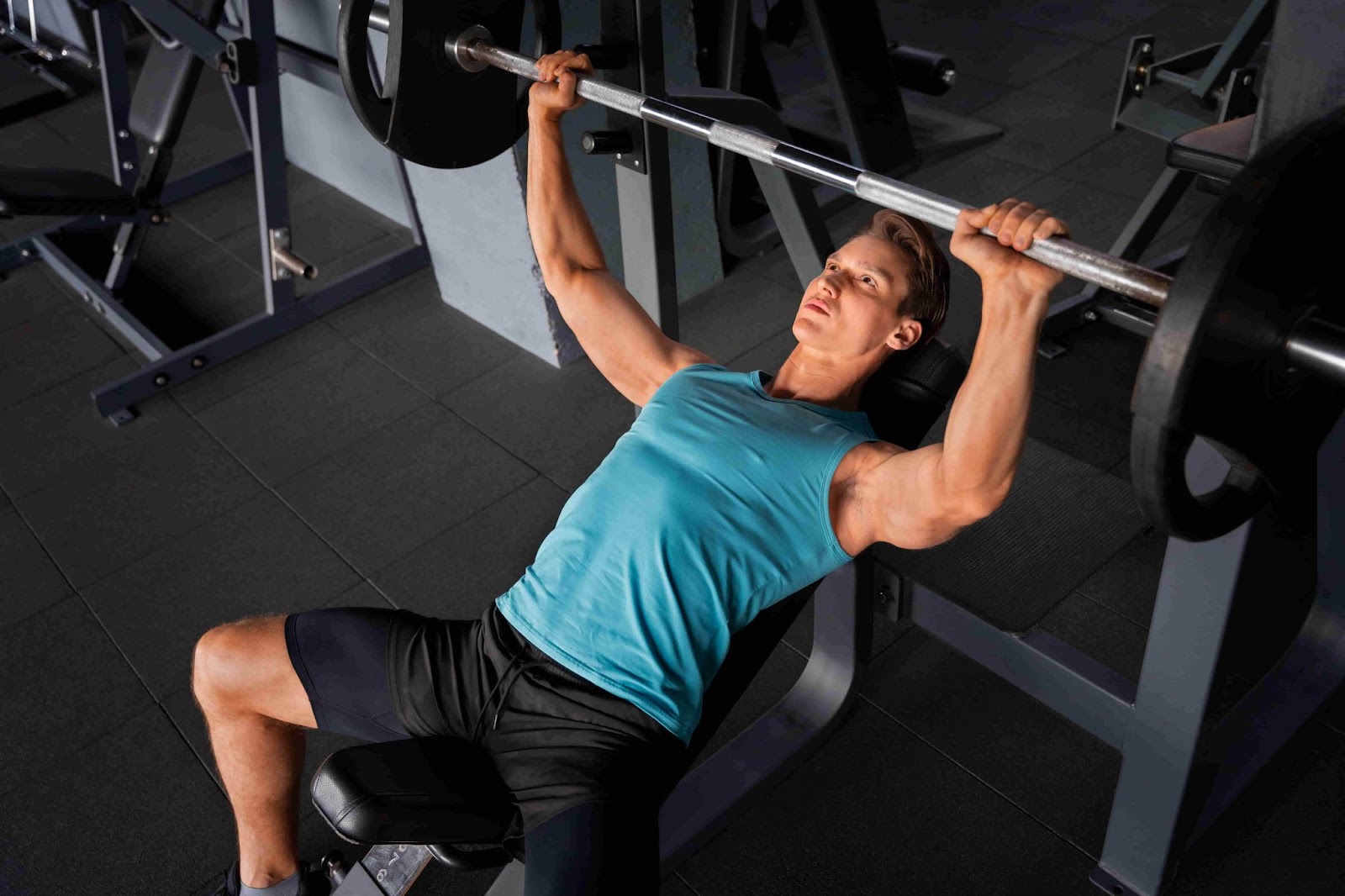
7. Barbell Rows or Inverted Rows
A strong back supports nearly every movement in football. Rows strengthen the upper back, improve posture, and balance the pressing volume.
Why it matters: Back resilience, posture, tackling efficiency.
Note: Inverted rows are also great for high-volume sessions or recovery days.
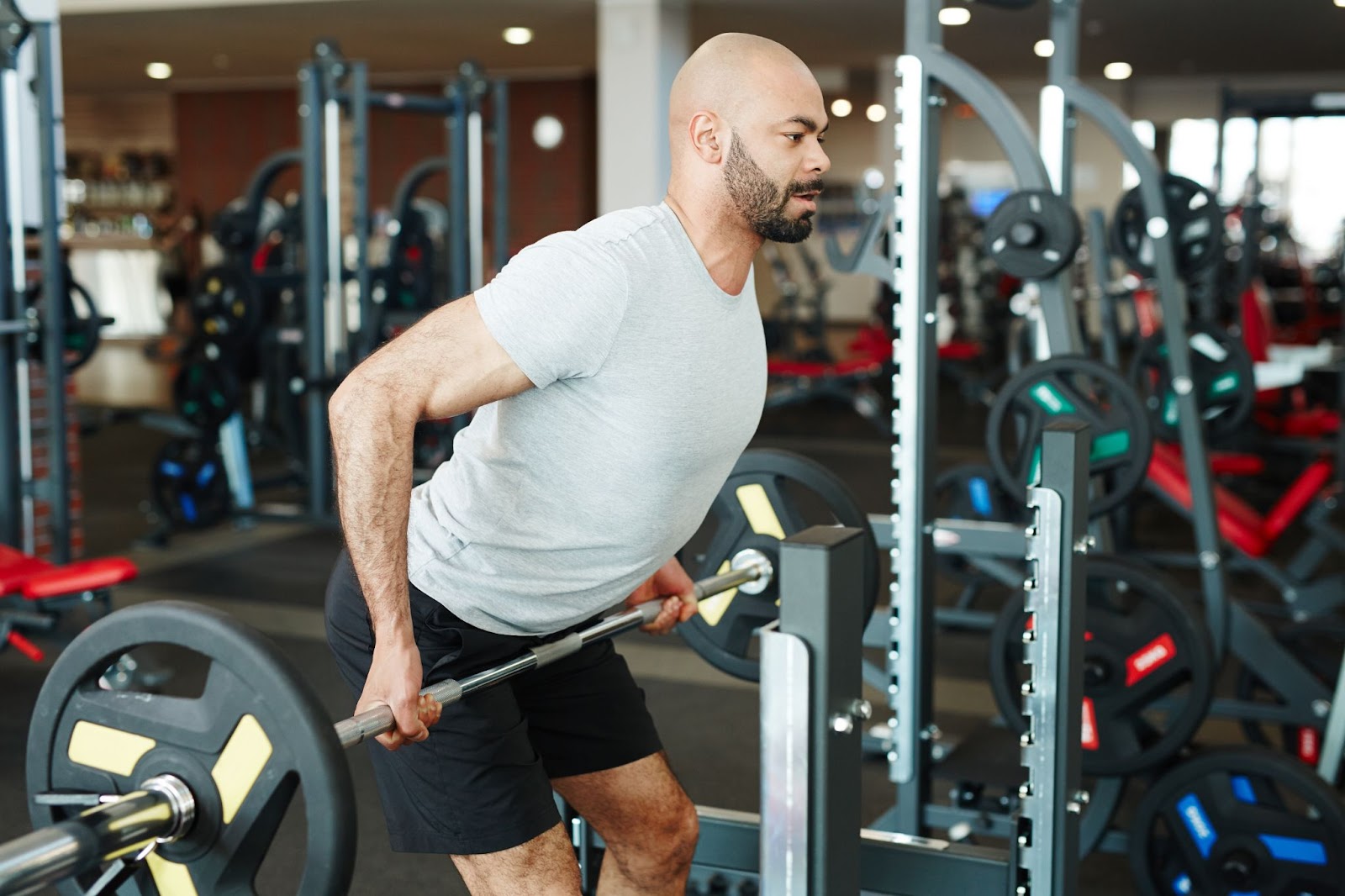
8. Farmer’s Carries
One of the most underrated exercises. Carries build full-body strength, grip, posture, and mental toughness. Walk under load with control.
Why it matters: Core stability, shoulder endurance, and contact balance.
Add variation: Use trap bars, kettlebells, or sandbags.
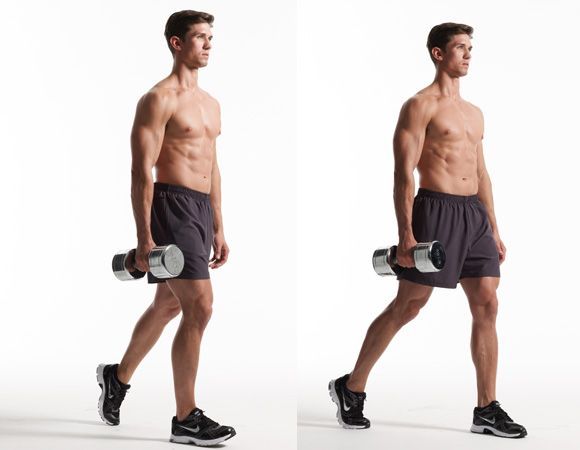
9. Nordic Hamstring Curls
The best preventive tool against hamstring tears. Hard, yes—but essential for speed and deceleration.
Why it matters: Eccentric hamstring strength, sprint durability, injury prevention.
Regression: Use a band or partner assistance to build up volume.
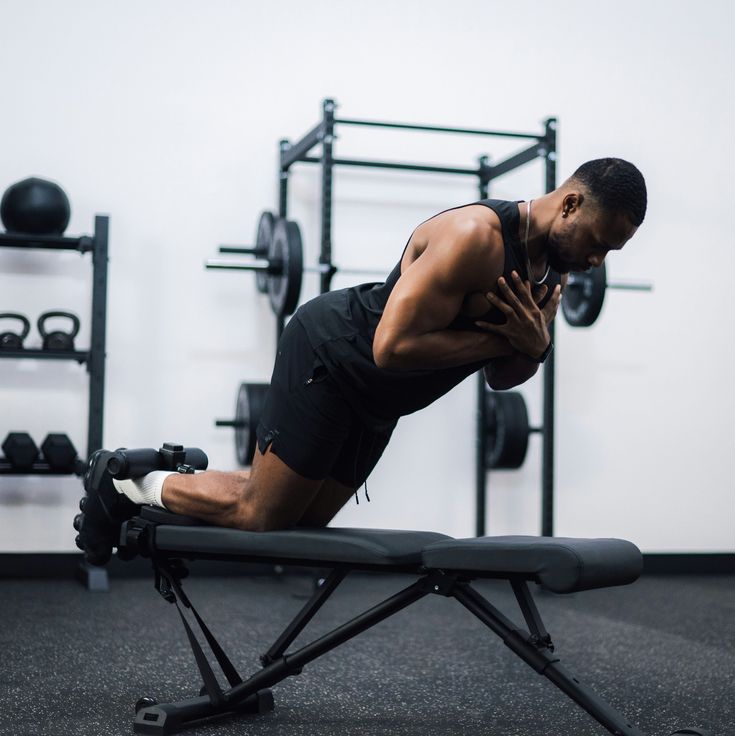
10. Medicine Ball Rotational Throws
Football is a rotational sport. Whether you’re throwing, cutting, or shedding a block, you need to rotate fast and powerfully.
Why it matters: Core power, hip disassociation, and transverse plane force.
Drill example: Half-kneeling med ball thrown into wall for max intent.
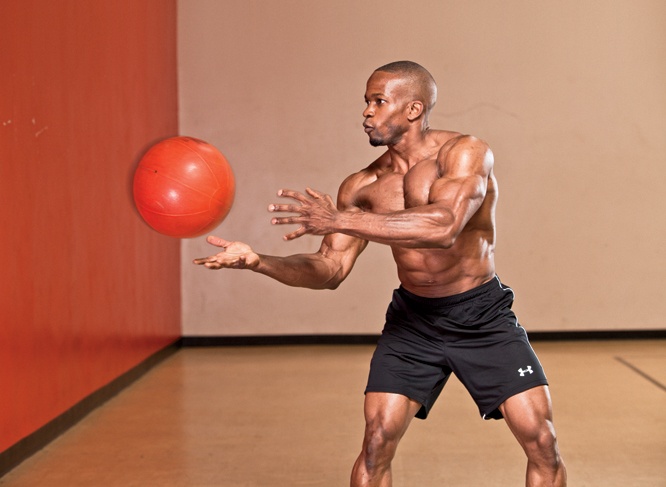
How to Program Strength for Football Athletes
Every football team is different, but all athletes benefit from structured, progressive overload. A strong S&C plan should:
- Include 2–4 lifting days per week, based on season phase
- Rotate intensity to manage fatigue (see fatigue guide)
- Incorporate VBT (Velocity Based Training) to auto-regulate loads
- Focus on movement quality before max load
- Pair strength work with speed, agility, and recovery sessions
Use the Vitruve App and VBT device to track bar speed, intent, and performance trends across the season.
Final Thoughts
The best football strength exercises build athleticism that lasts into the fourth quarter. Focus on full-body patterns, prioritize injury prevention, and progress intelligently with your athletes’ positions and demands in mind.
Want to design complete football S&C blocks? Dive deeper with our Strength and Conditioning Principles to align your weight room with winning on the field.
